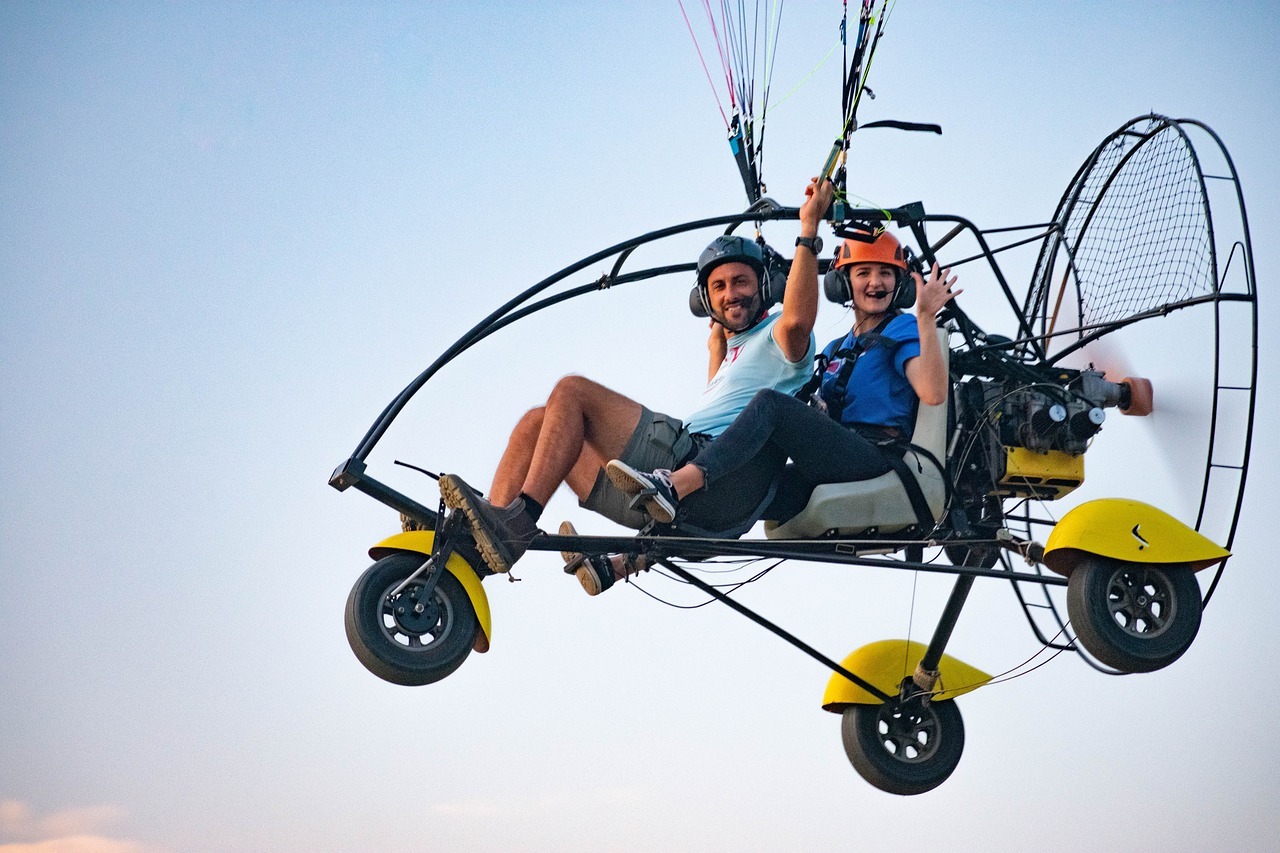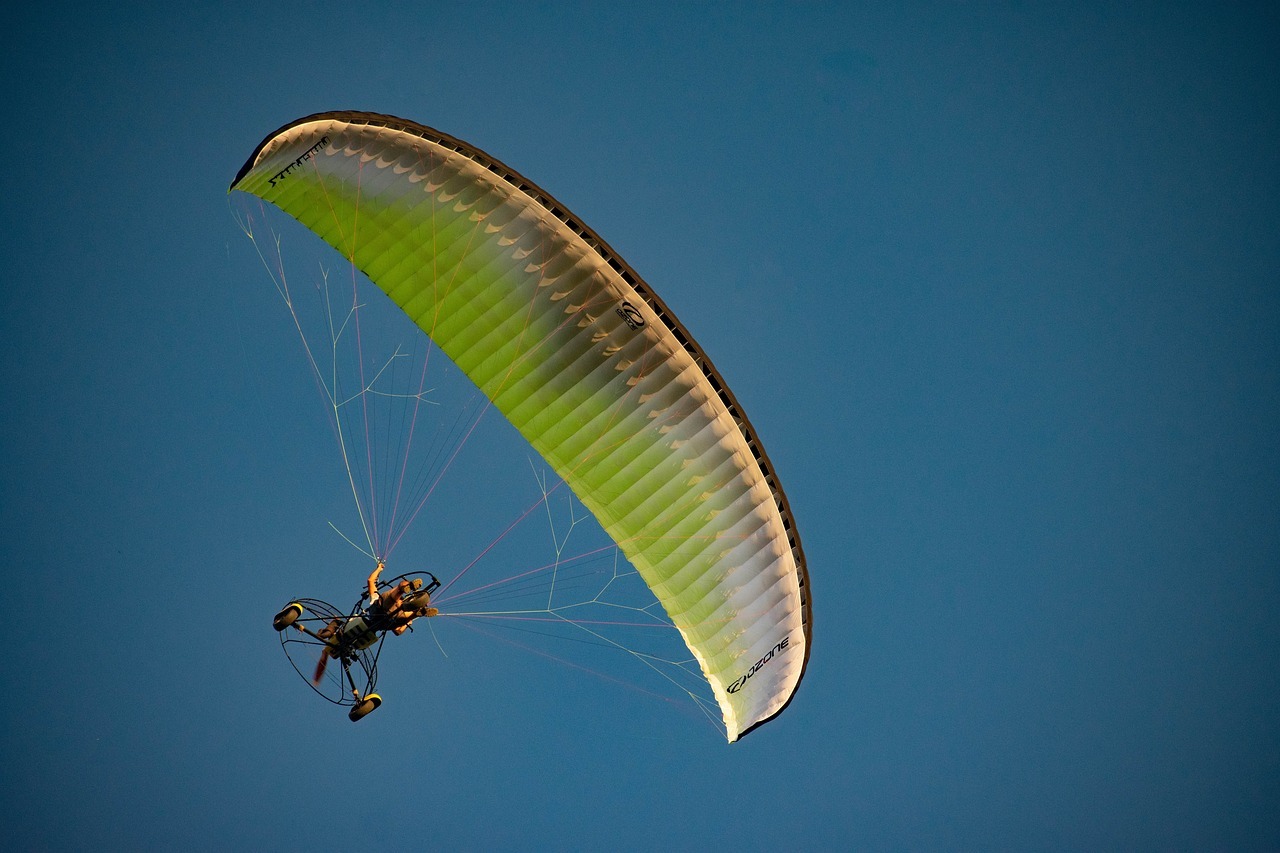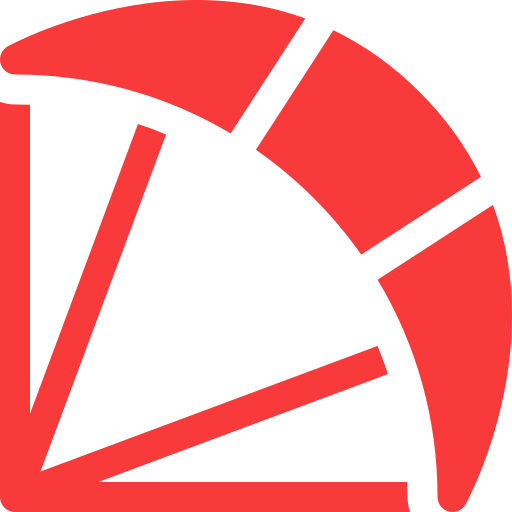The cost of fuel, fuel, lubricants and expenses is included.
This course is designed for those who wish to receive the most intensive and personalized training in the field of paragliding and paramotoring.





- This course is designed for those who wish to receive the most intensive and personalized training in the field of paragliding and paramotoring.
- The VIP Paraglider+ Paramotor training program is specially designed for the individual needs of each student.
- During the course, you will have the full attention and support of a highly qualified instructor who will tailor the learning experience exclusively to you.
- This ensures that learning is done at your own pace and takes into account your abilities and preferences.
- During the VIP Paragliding+ Paramotor course you will learn all the necessary aspects of paragliding and paramotor flight.
- Training begins with basic paragliding skills such as launching, steering and landing.
- You will study theoretical principles of flight, safety and meteorology to develop a solid knowledge base.
- After completing this part of the course, you will move on to paramotoring, which will allow you to perform powered flight. You will learn paramotor installation and disassembly, the basics of powered piloting, and takeoff and landing procedures using a paramotor. This phase of training will allow you to expand your flying capabilities and enjoy the freedom and adventure that paramotoring provides.
- The VIP Paragliding+ Paramotor course offers additional benefits such as individual consultations with an instructor, detailed analyzes of your flights and ongoing support after completion of the course.
- You will also have access to high quality equipment to use during your training.
- The VIP Paragliding+ Paramotor (Individual) course is the ideal choice for those who want a complete and intensive immersion into the world of paragliding and paramotor flight.

Course program: “Motor paraglider + paramotor”
Course duration: 15 days
Venue: Oludeniz, Mount Babadag
Course objective: Mastering the technique of flying a motor paraglider and paramotor, including takeoff, control, routes and basic engine maintenance. Preparation for confident independent flights with a motor.
Day 1: Introduction to the motor paraglider
• Theory:
1. The structure of a motor paraglider and paramotor.
2. The main differences from a regular paraglider.
3. Safety when working with the engine.
4. Basic principles of aerodynamics for flying with a motor.
• Practice:
1. Familiarization with motor equipment.
2. Setting up and checking the paramotor installation.
3. Working with a ground wing: lifting the wing, holding in the “window”.
Day 2: Ground training with a motor
• Theory:
1. Rules for taking off and landing with the motor on.
2. Basics of working with the accelerator and throttle.
3. How to analyze weather conditions for motorized flights.
• Practice:
1. Training in ground work with a paramotor without turning on the motor.
2. Practicing lifting the wing with the motor on your back.
3. Starting runs without flying.
Day 3: First flights with a motor
• Theory:
1. Introduction to motor control in the air.
2. Weight distribution and thrust control.
3. How to properly approach for landing.
• Practice:
1. First flights from an altitude of 100-200 m under radio control.
2. Controlling the speed and direction of flight.
3. Training in landing with the motor off.
Day 4: Confident low-altitude flying
• Theory:
1. Working with speed changes and engine thrust.
2. Maneuvers in the air: turns, descent, stabilization.
3. Air traffic rules for motor pilots.
• Practice:
1. Flying at an altitude of 300-500 m.
2. Performing simple maneuvers.
3. Controlling speed and landing on restricted areas.
Day 5: Long-distance cross-country flight
• Theory:
1. Basics of cross-country flights: how to plan a route.
2. Working with GPS and maps.
3. Identifying alternate landing sites.
• Practice:
1. Flying a short distance (5-7 km).
2. Using the engine to maintain altitude.
3. Landing on a new site under the supervision of an instructor.
Day 6: Engine Maintenance
• Theory:
1. How a paramotor engine works: main components.
2. Maintenance rules.
3. Troubleshooting.
• Practice:
1. Working with the engine: disassembly and assembly.
2. Changing the oil, filters and spark plugs.
3. Checking the system before each flight.
Day 7: Engine Maneuvers
• Theory:
1. Technique for performing complex maneuvers: sharp turns, gaining altitude, descending.
2. Features of control in strong wind conditions.
3. Psychological preparation of the pilot for complex flights.
• Practice:
1. Flights at an altitude of up to 1000 m.
2. Performing maneuvers in the air.
3. Training in landing accuracy.
Day 8: Day off with theory
• Theory:
1. Review of the material from the first days.
2. Flight debriefing: analysis of mistakes and successes.
• Recommendation:
On this day, you can rest or use the time for additional individual consultations.
Day 9–11: Advanced cross-country flights
• Theory:
1. Long-distance route planning.
2. Working with weather conditions and their forecasting.
3. How to save fuel and altitude.
• Practice:
1. Flights over a distance of 10–20 km with stops.
2. Landing and re-start at a new location.
3. Minimal instructor supervision.
Day 12: Flights from an altitude of 2000 m (maximum Babadag)
• Theory:
1. How to behave at high altitude: control and safety features.
2. Emergency descent technique.
• Practice:
1. Flights from maximum altitude with a motor.
2. Demonstration of all the learned techniques.
3. Minimal instructor supervision.
Day 13: Day off with preparation for certification
• Theory:
1. Review of all course material.
2. Analysis of typical mistakes.
3. Recommendations for preparing for final flights.
Days 14–15: Final flights and certification
• Theory:
1. Knowledge for solo flights: how to prepare and check equipment.
2. Next steps for development: participation in clubs, advanced courses.
• Practice:
1. Two final flights demonstrating all skills.
2. Route flights with minimal radio control.
• Final:
• Awarding of a motor paraglider pilot certificate.
• Individual recommendations from the instructor.
Additional:
• All necessary equipment is provided.
• Training is conducted taking into account the individual characteristics of the student.
• Bonus: discount on the purchase of a ferry motor or flight equipment.
